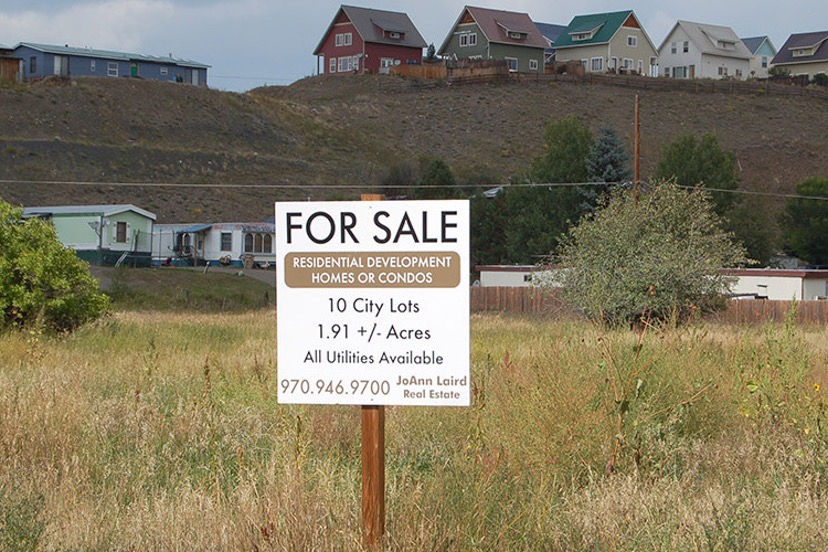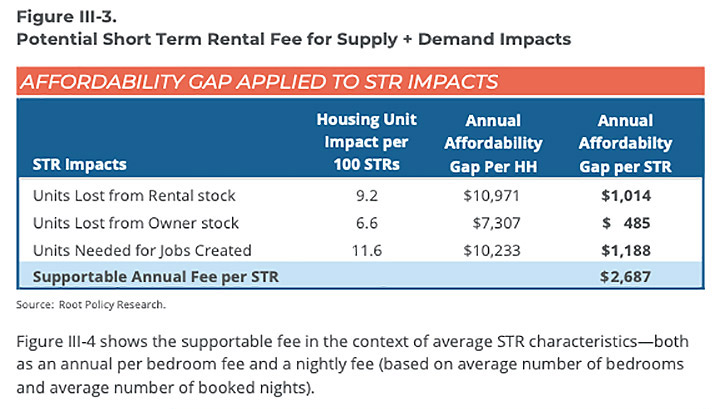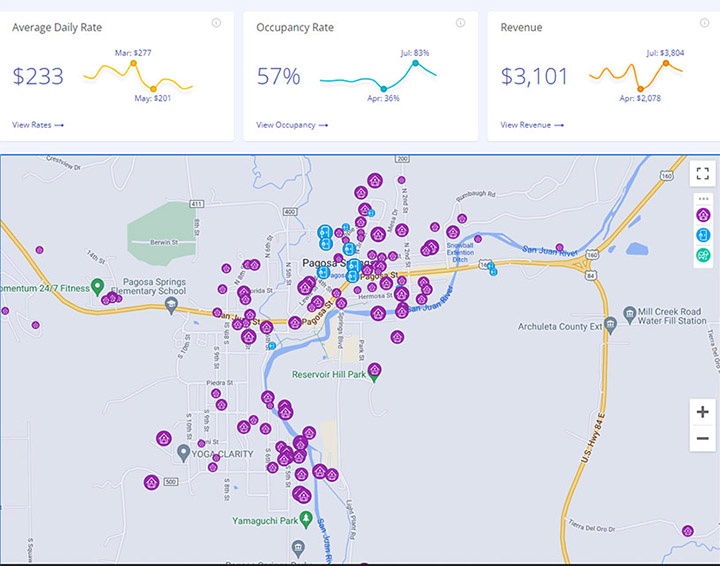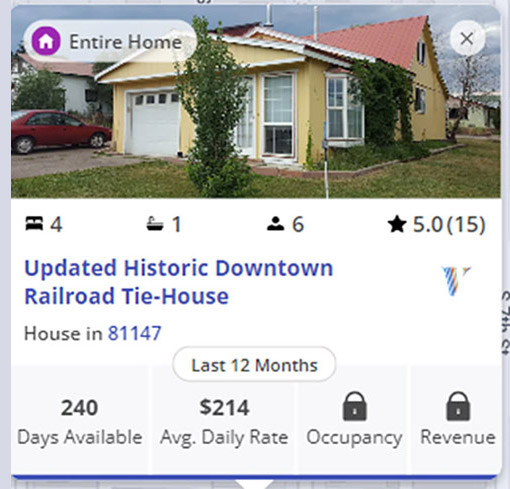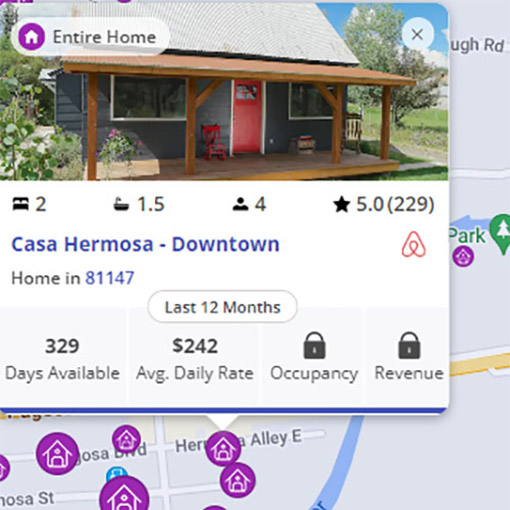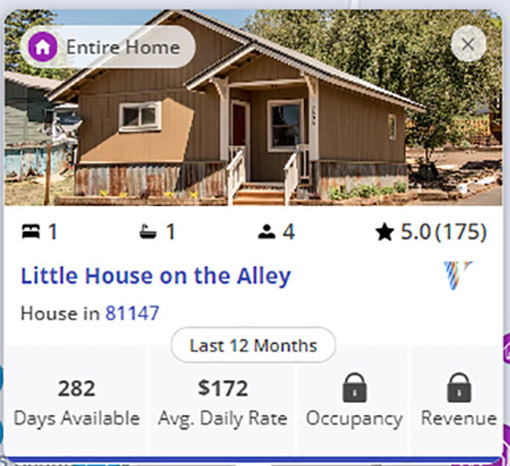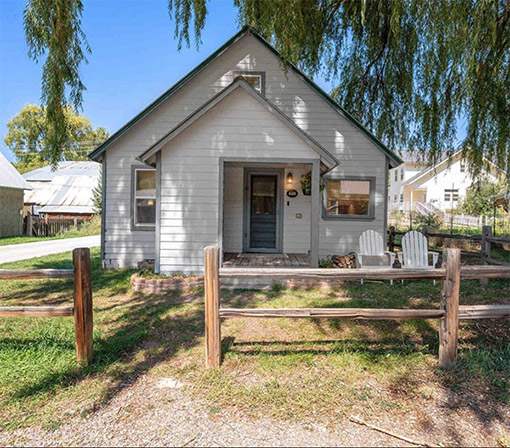As mentioned in Part Two of this editorial series, the Town Council heard, at their December 6 meeting, a presentation of a new study produced by Denver-based Root Policy Research. The study proposed that a ‘supportable impact fee’ charged to STR operations within the Town limits would be in the neighborhood of $2,687 per year. This fee was based on two types of impacts calculated by Root Policy — first, a “Supply Analysis” looking at the loss of long-term housing when residential homes are converted into mini-motels, and second, a “Demand Analysis” looking at the creation of generally-low-paying jobs generated by the tourists booking these same mini-motels, otherwise known as Short-Term Rentals (STRs) or as vacation rentals. When additional jobs are created, but the employees cannot find affordable housing, that’s an impact that a local government might wish to address, according to Root Policy.
A Town government, for example, might want to address those impacts.
You can download the 31-page Root Policy report here.
The mathematical calculations used by Root Policy were not always easy to follow, but the conclusions were easier to understand:
The suggested “Supportable Annual Fee per STR” was based, in part, upon the types of jobs created by the STR industry, which include ‘direct jobs’ (the people actually running and maintaining the STR units) and indirect jobs (the jobs that generally support a tourist economy.)
Here’s how Root Policy illustrated the employment impacts in different job sectors. As we can see in the “Average Annual Wage” chart at the bottom, you would need more than two full-time jobs — in some of these sectors — to generate Archuleta County’s “median household income” of $55,658, suggested by the U.S. Census Bureau:
We might also notice that these low-paying sectors (Accommodations & food service; Retail trade; Arts, entertainment & recreation) are the very sectors in which the STR industry tends to generate the most jobs.
A tourist economy was once believed to be the very best choice for Pagosa Springs’ economic future. That belief is not well supported by the numbers shown above.
A few minutes before the Town Council heard the presentation from Root Policy, Mayor Shari Pierce invited comments from the audience.
We are listening here to Glenn Walsh, one of the town residents most active in promoting community efforts to address the housing crisis:
“Originally, I was concerned about this study, because Root Policy did a study previously for Estes Park, and it included only a “Supply Analysis”. Breckenridge did a study with EPS [Economic and Planning Systems] at it looked only at a “Demand Analysis”. The Breckenridge study came up with a very large fee, but that’s because one-bedroom apartments there go for $4,700.
“I think the choices that were made here by the Town Council and the staff, were really broad and fair, taking into account both the “Supply” and “Demand” aspect, and trying to look at the impacts in a very comprehensive way.
“I might quibble with some numbers. One number I would quibble with, is the ’16 units per hundred’. And I think that has a lot of relevance in Estes Park, Breckenridge, Crested Butte — any county that was pretty much developed as a vacation destination.
“But our town was not developed as a vacation destination.”
The term “16 units per hundred” refers to the approximate number of housing units lost to long-term residents for every 100 homes converted to STRs, as calculated by Root Policy. Our Daily Post readers might agree that “16 units lost for every 100 units converted to STRs” seems like a low number, in our particular community.
Mr. Walsh continued, making the argument that most of the homes within downtown Pagosa that are now operating as STRs, were in fact occupied by local residents as recently as maybe ten years ago.
“If you go to the AirDNA website — sort of the ‘go-to’ website for STR questions — it’s a really well-done website, and they have a mapping tool. And you can go to every STR in Pagosa Springs…
“I didn’t expect to be touched by it. A real estate website. But when you click on the homes, and you realize, hey, that’s the house where Molly made cookies with Angela… or, that’s where Keith lived, where the boys went on play dates…
“It’s not 16 per 100 in our town. It’s a much higher ratio…”
Here’s an AirDNA map showing the downtown homes that have been converted into mini-motels… and a few samples of the STRs displayed on the AirDNA website — dwellings that, five years ago or ten years ago, may have been home to Mr. Walsh’s friends and neighbors.
Mr. Walsh continued addressing his representatives on the Town Council.
“So, I invite you all to visit AirDNA and click on the mapping tool, and I think you might be touched, by memories of friends who lived here, in years past. And grandparents who lived here. Nearly every house in our historic neighborhoods was a working class house. And this idea that, ‘Well, working families never lived in these homes’… it’s complete shite…”
To be honest, this was the first time I’d heard someone use the word “shite” in a Town Council meeting, and I had to look up the meaning.
shite, noun
1. Shit, trash, rubbish.
2. A foolish or deceitful person.
“So I invite you to visit the map. It’s really kind of touching. You kind of remember your 20 or 30 years on Pagosa Springs…
“And another thing…”
Mr. Walsh smiled, because he had just noticed that the Mayor’s large, illuminated stopwatch that warns public speakers when their allotted three-minutes are up, was approaching “00.00.00”
“I think my time is up,” he laughed.

